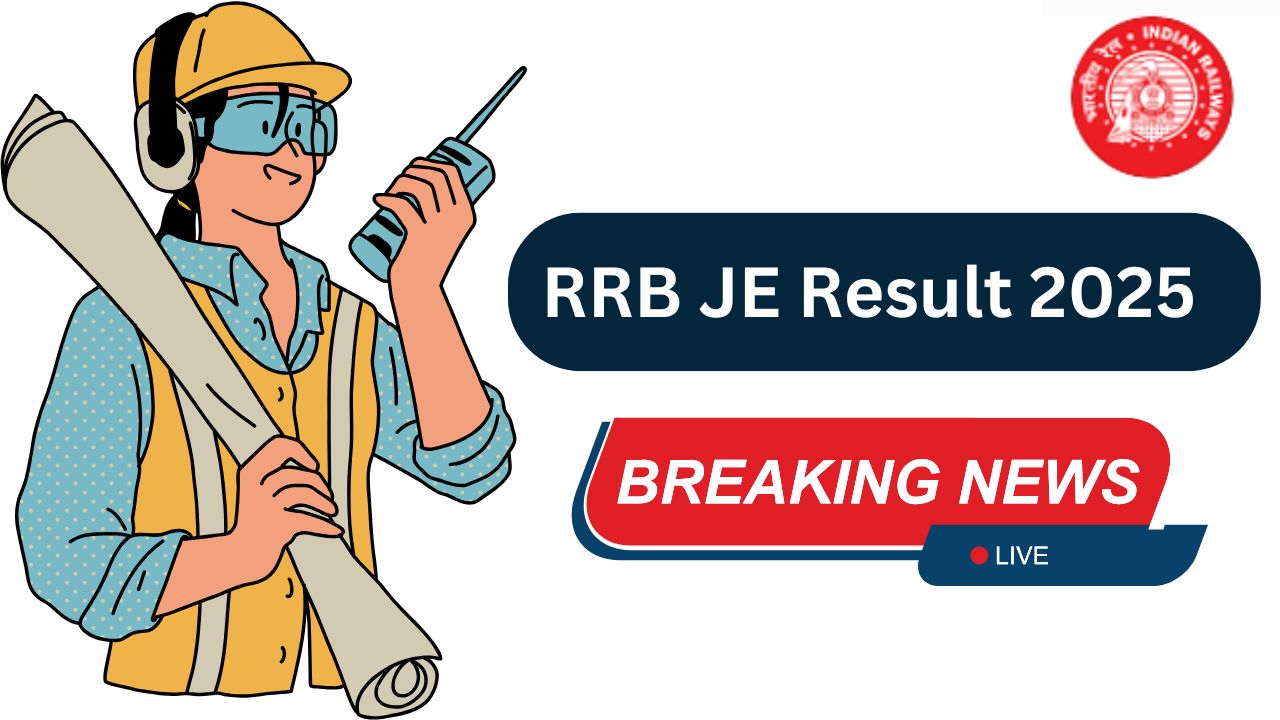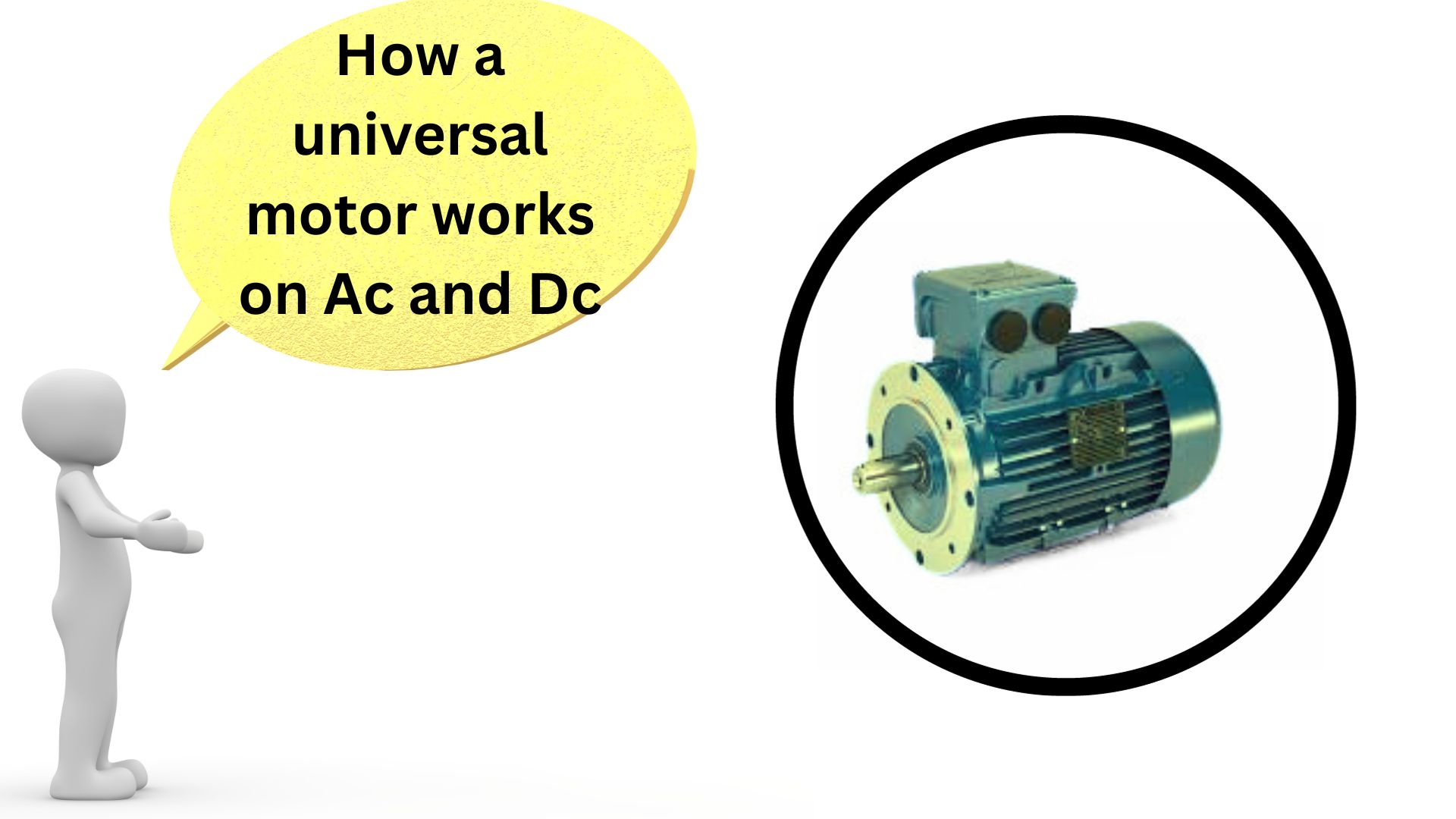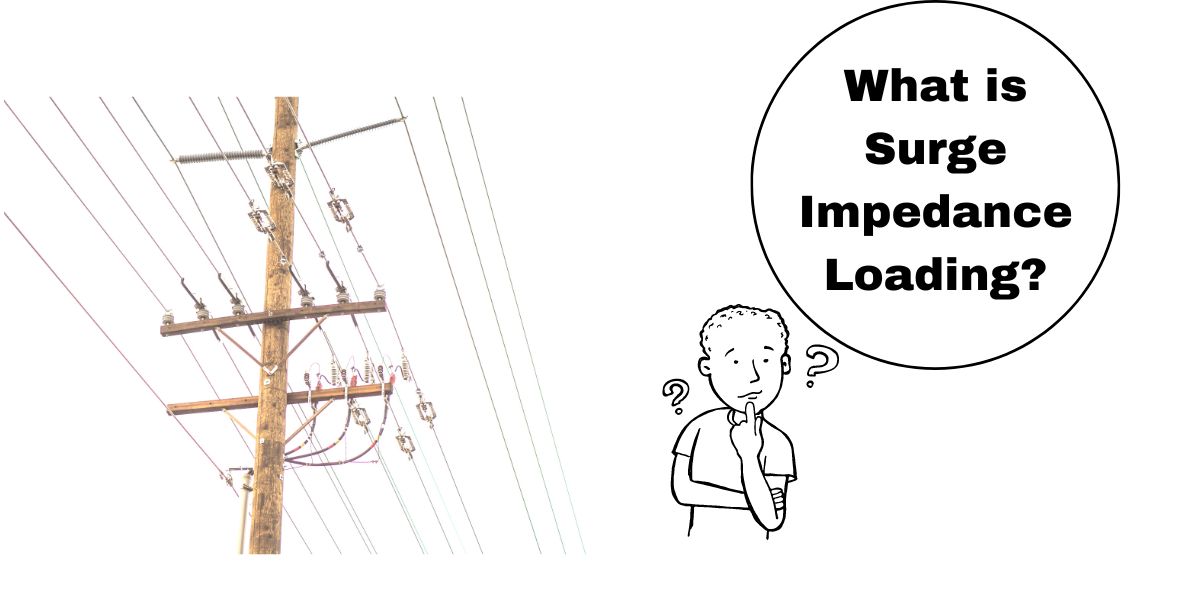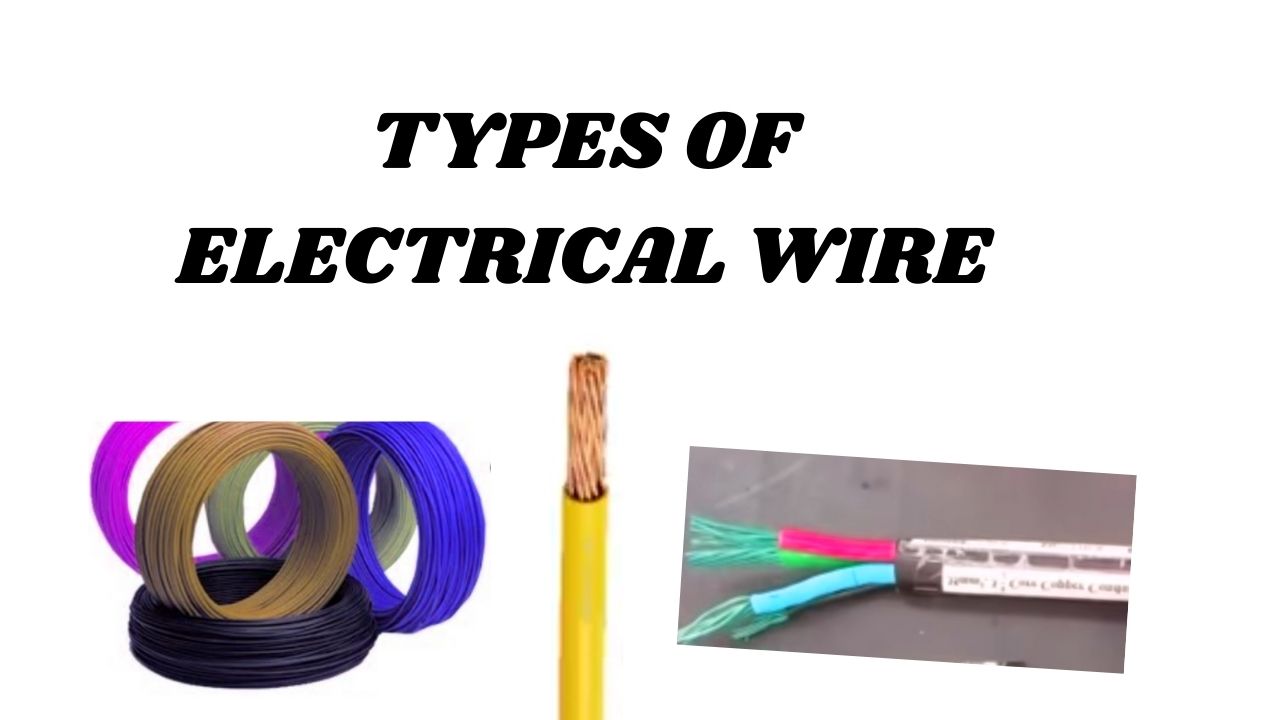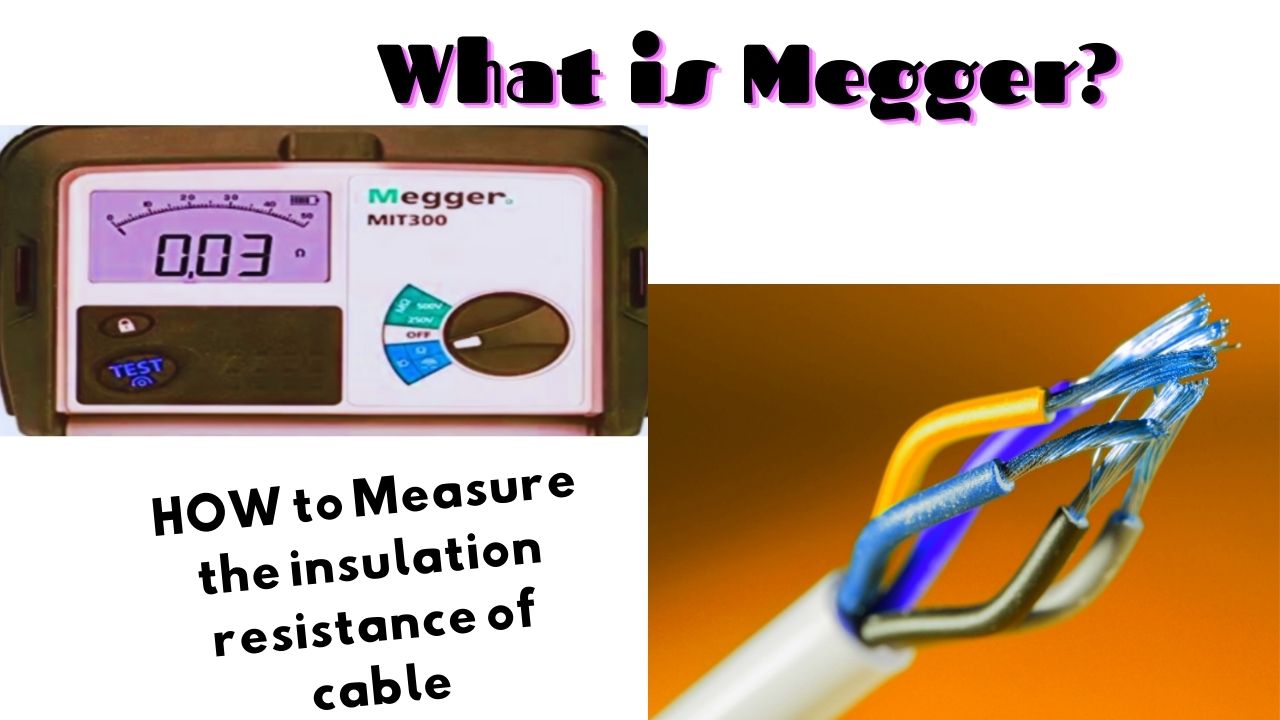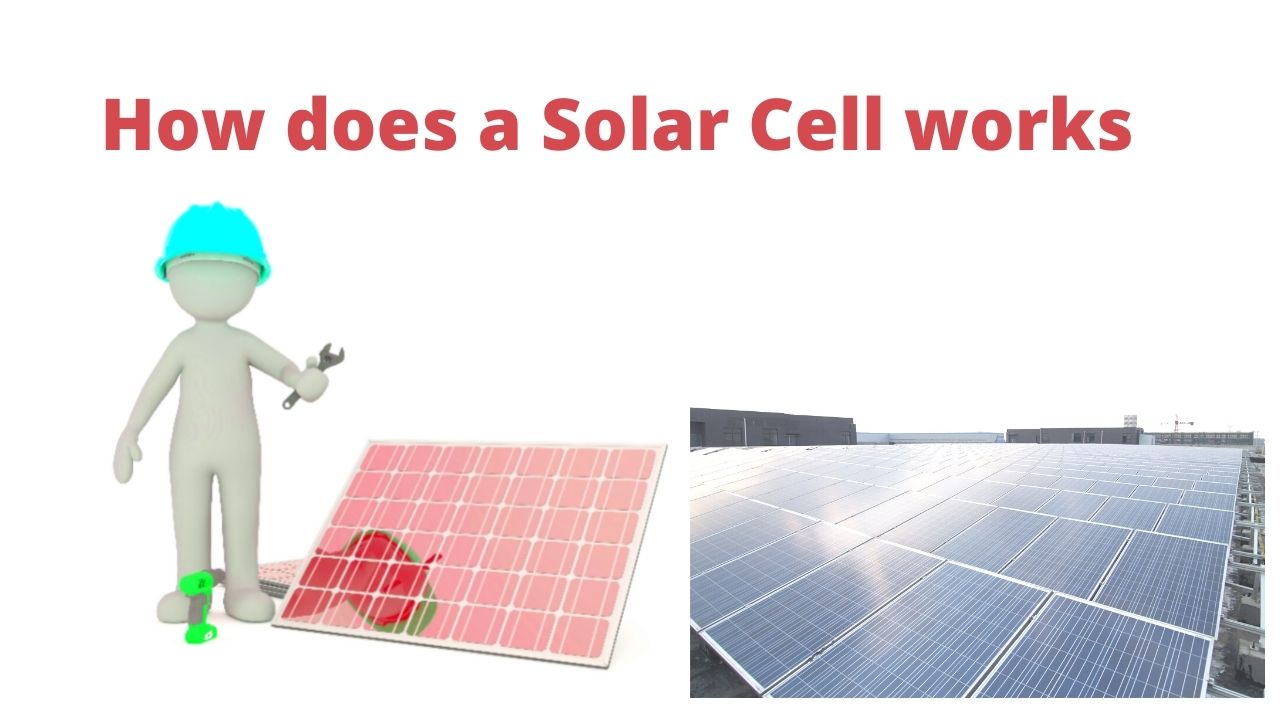SSC JE 2025 Notification PDF Release on This Date
SSC JE 2025 Notification: The Staff Selection Commission (SSC) conducts the SSC Junior Engineer exam every year to recruit candidates for the Junior Engineer post in various departments under the central government. SSC recruits eligible candidates for the Junior Engineer post in Civil/Electrical/ Mechanical/Quantity Surveying and Contracts in various departments, ministries, and organisations under the … Read more



